Sala Keoku
Bizarre Hindu and Buddhist sculpture park.
Luang Pu’s ascent to fame follows a strange and murky path.
Pu was born in 1932 in Laos, and became a mystic early in his life. According to his legend, he fell through a sinkhole onto his teacher’s lap, and remained there for many years learning as much as he could.
Although Pu was never ordained as a monk, by the end of his life he had amassed a solid group of religious followers and was recognized as a spiritual leader. To express his spiritual feelings, he began work on a sculpture park in Laos, until he left the country in 1974, which some attribute to the communist presence in Laos at the time.
Moving across the border to Thailand, Pu purchased land in Nong Khai and began a project that would take him 20 years to complete. Crafting sculptures of all kinds, Pu attempted to tell the myths and legends of both Hindu and Buddhist beliefs. Some of his sculptures are 100 feet high, and tend towards depicting the frightening and grotesque, as evidenced by his skeleton sculptures and snake statues that are prevalent in the park.
Each sculpture was carefully designed with a purpose in mind. Many visitors are especially struck by his work representing the life cycle. People enter into a birth canal, where statues depict life from conception to death. Designed as a circle, the wheel of birth and rebirth continues forever unless one is able to escape the cycle through nirvana.
As he got older, Pu was still set on overseeing his work, and was brought to the park in a wheelbarrow to supervise. In 1996, Pu’s health was failing, and after an accident falling from one of his statues, he passed away. Today his mummified body is preserved and on display on a third-floor shrine in the park, which also houses pictures of him and some of his personal belongings.













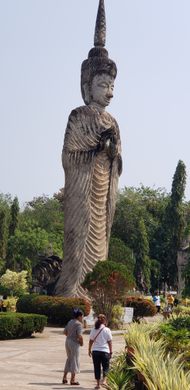
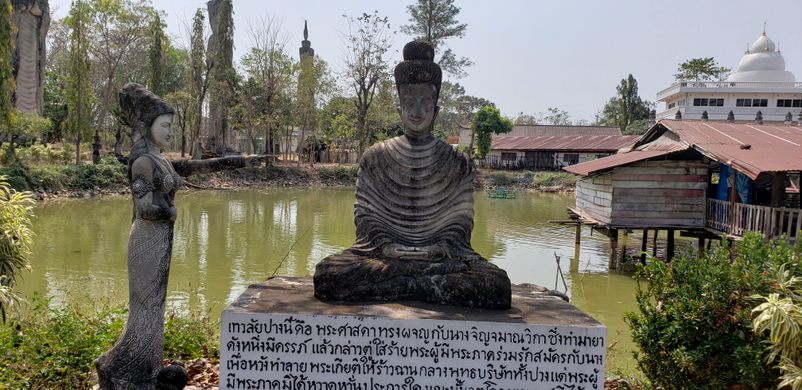







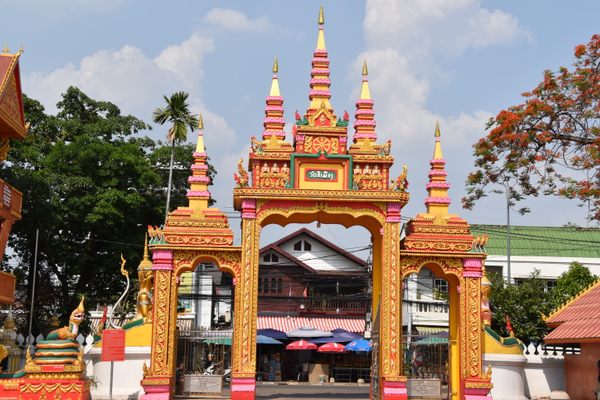

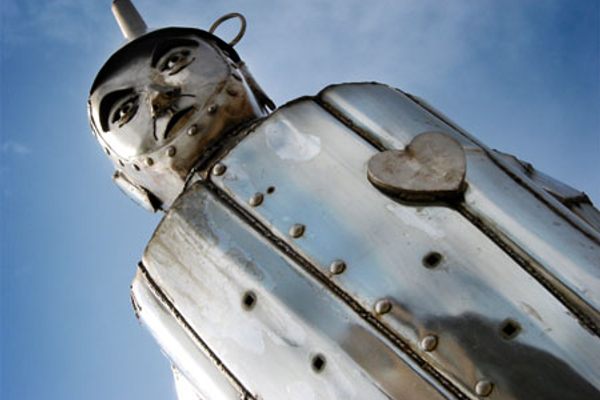
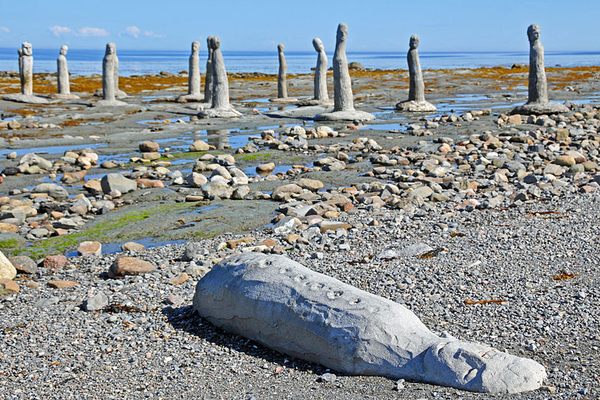



Follow us on Twitter to get the latest on the world's hidden wonders.
Like us on Facebook to get the latest on the world's hidden wonders.
Follow us on Twitter Like us on Facebook